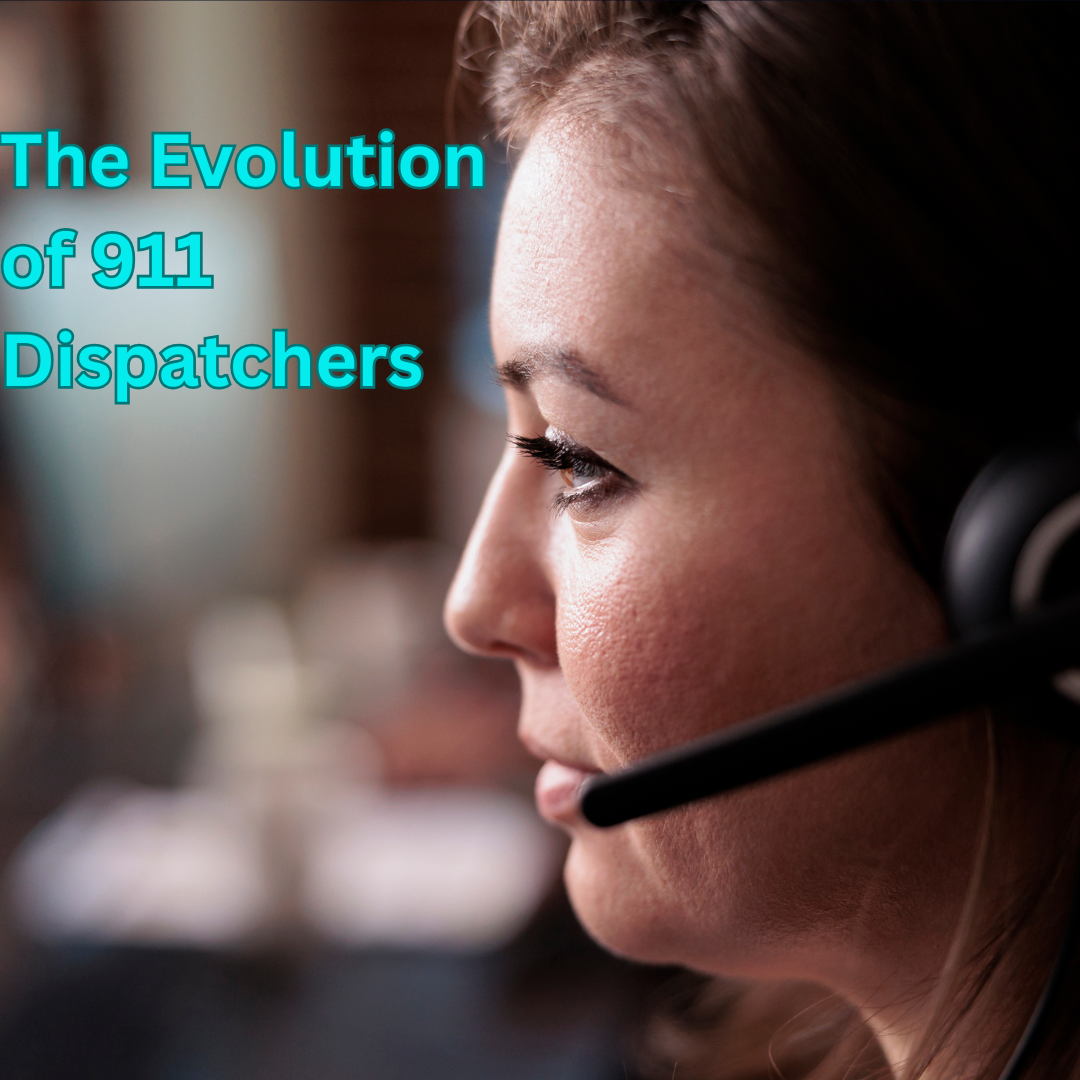The Evolution of 911 Dispatchers and the Future of AI-Driven Emergency Response
911 dispatchers serve as the critical link between the public and emergency response services, ensuring timely and effective communication during crises. Over the decades, their role has evolved significantly due to technological advancements, regulatory changes, and societal expectations. This white paper examines the history, current state, and future trajectory of 911 dispatch operations, with a particular focus on AI, SmartProtect predictive analytics, and mental health scorecards.
Historical Overview
The 911 emergency system was first introduced in 1968 in Haleyville, Alabama, as a standardized emergency number to improve public safety response. Prior to this, individuals had to dial different numbers depending on the nature of their emergency and their location. Over time, 911 systems expanded across the United States, integrating landline services to enhance accessibility. Early dispatchers relied on basic communication tools such as telephone switchboards, radio transmissions, and paper-based call logs.
As technology progressed, computer-aided dispatch (CAD) systems emerged in the 1980s, streamlining response coordination. By the late 1990s, enhanced 911 (E911) capabilities were introduced, allowing dispatchers to receive location information from landline calls, significantly improving response times.
Current Landscape
Today, 911 dispatchers operate in a highly complex environment, managing a wide range of emergencies, from medical crises and natural disasters to criminal incidents. Modern dispatch centers leverage advanced technologies such as:
Next Generation 911 (NG911): Enables text-to-911, multimedia messaging, and improved data sharing across jurisdictions.
Geolocation Services: Provides precise caller location tracking using GPS and cellular networks.
Integrated AI & Data Analytics: Supports decision-making by predicting call volumes and optimizing resource allocation.
Cloud-Based Dispatch Systems: Enhances operational efficiency and disaster resilience.
Despite technological advancements, 911 dispatchers continue to face significant challenges, including high stress levels, labor shortages, and the ongoing classification debate—whether dispatchers should be considered first responders rather than clerical workers, which impacts funding and benefits.
Future Outlook
AI, SmartProtect Predictive Analytics, and Mental Health Scorecards The role of 911 dispatchers will continue to evolve as new technologies and policies reshape emergency response systems. Key trends include:
AI & Automation: Machine learning will assist in triaging calls, analyzing speech patterns for distress signals, and routing calls more efficiently.
SmartProtect Predictive Analytics: Advanced algorithms will analyze historical data, real-time social media activity, and IoT sensor inputs to predict emergency incidents before they occur, allowing proactive resource deployment.
Video-Based Emergency Calls: Future systems may allow callers to share live video, giving dispatchers a clearer understanding of situations.
Enhanced Mental Health Support: The introduction of a Mental Health Scorecard will assess dispatchers' well-being through real-time biometric monitoring, workload analysis, and AI-driven stress assessments, promoting intervention strategies for burnout prevention.
5G & IoT Integration: Faster networks and connected devices will provide real-time emergency alerts from wearables, smart homes, and autonomous vehicles.
Reclassification as First Responders: Ongoing advocacy efforts aim to officially recognize 911 dispatchers as first responders, providing better resources and job protections.
Conclusion
911 dispatchers have played a crucial role in public safety for over 50 years. As technology continues to advance, their responsibilities will expand, requiring ongoing training, policy reforms, and resource investments. The integration of AI, SmartProtect predictive analytics, and mental health scorecards will not only improve operational efficiency but also enhance dispatcher well-being and overall public safety outcomes.
For policymakers, public safety officials, and technology developers, understanding and addressing the needs of 911 dispatchers will be essential in shaping the future of emergency communications.


